![]()
Omote Sando Street
|
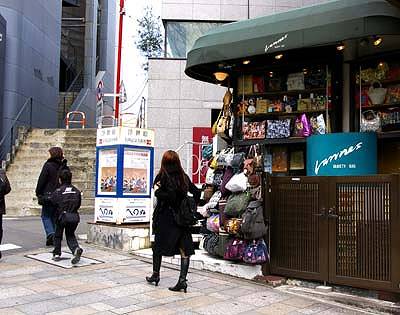 |
Now, Omotesando street is the most fashionable street in Tokyo together
with Ginza street. Big trees of zelkova extend branches along the way,
and the stores of the high-class fashion brand in the world have opened
shops in a row behind a screen of trees. The refined atmosphere attracts
many people ,especially young people, and the street is presenting signs
that it was always filled with vigor. |
![]()
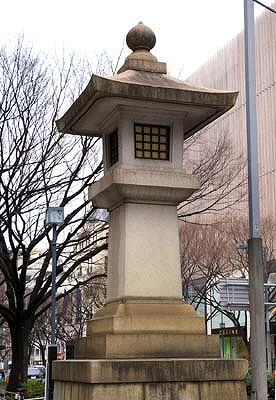 |
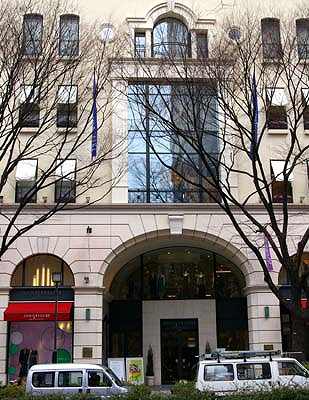 |
The starting point of this road is at the crossing with Aoyama street. A stone lantern stands on both side of the road. It shows that this is a starting point of the main approach to the shrine. |
|
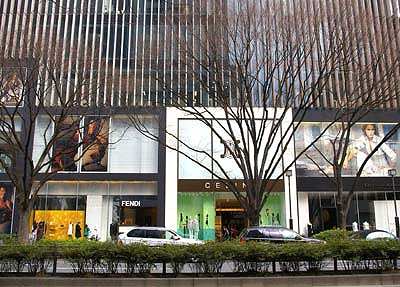 |
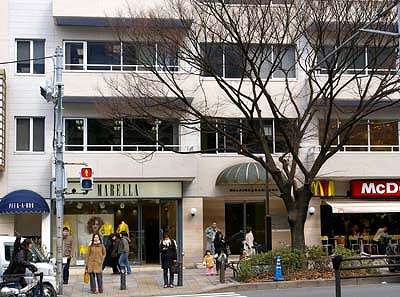 |
All the buildings along the road aim at harmony with roadside trees, and are unified into the almost same height. |
|
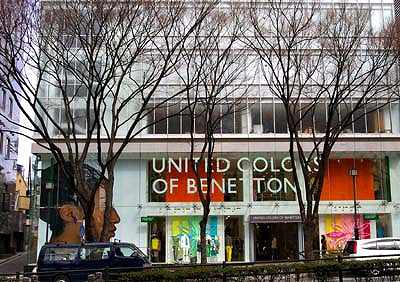 |
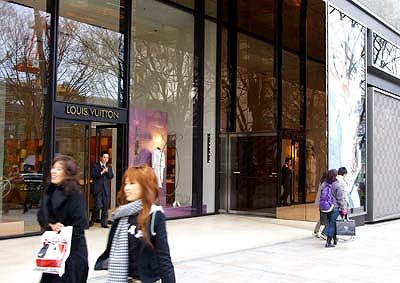 |
A building is visible beyond the zelkova tree whose leaves were dropped distinctly. |
|
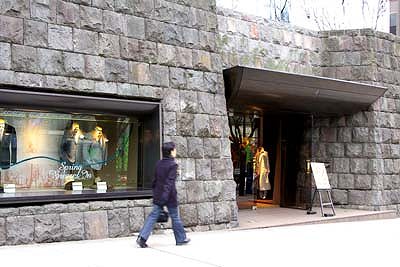 |
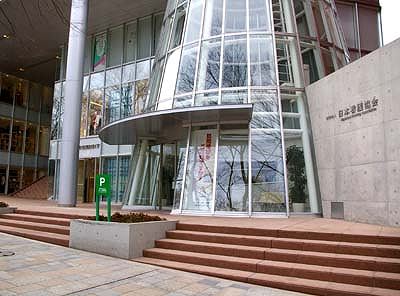 |
The stone-made building (left) and the headquarters of the nurse association. (right). |
|
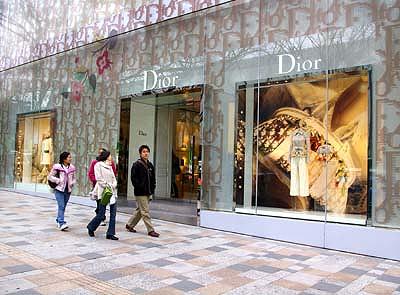 |
 |
The top brands in the world, such as Dior and Chanel, open the stores along the road. |
|
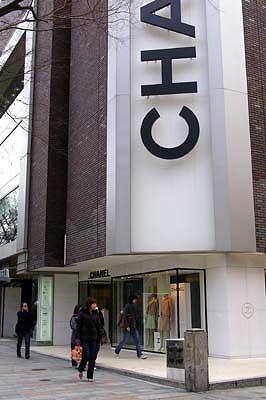 |
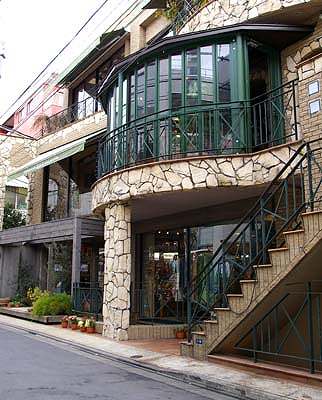 |
An attractive store stood on a near way called Onden passage. |
|
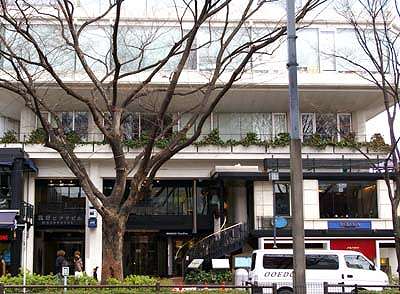 |
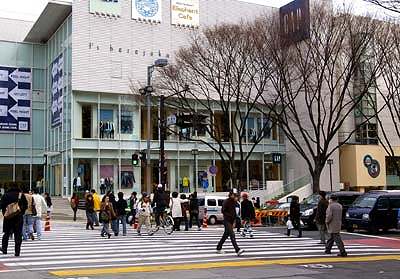 |
The crossing with Meiji-Dori avenue. A store of the GAP stands as a landmark at the crossing. The store is popular among young people. |
|
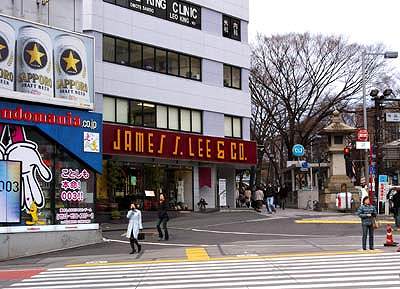 |
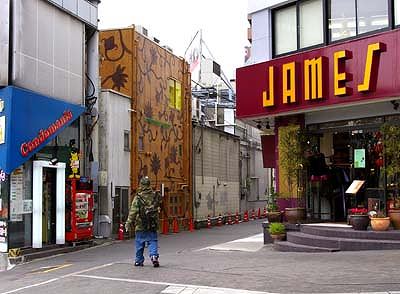 |
A side street near the crossing. |
|
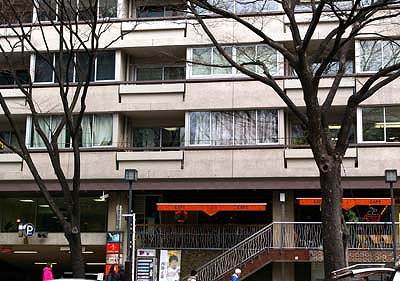 |
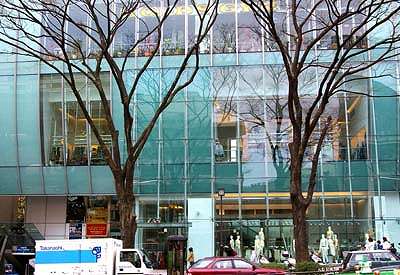 |
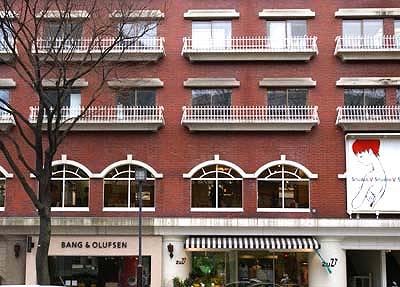 |
 |
The buildings of apartment style are located in a line along the road near Harajuku. Many apparel studios are contained inside. |
|
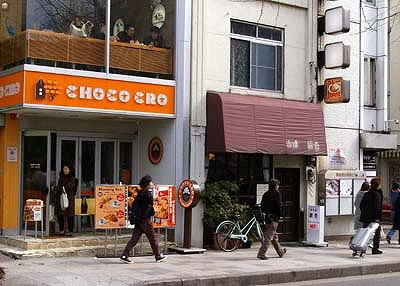 |
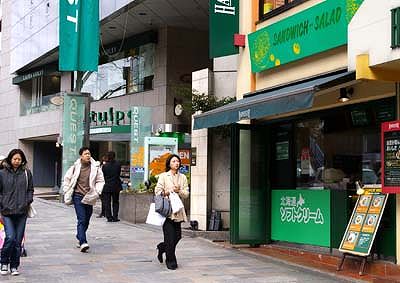 |
Near the Harajuku station |
|
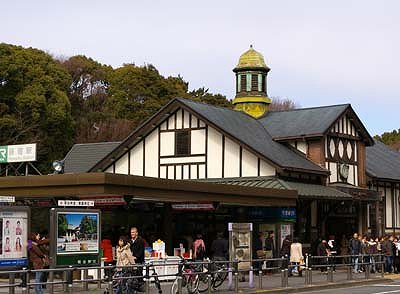 |
|
The Harajuku station is the building of a half timber style. |
|
| A waterwheel at Onden Woodcut print by Hokusai In Tokugawa period, this area was a vast field with a small river called Shibuya-gawa running through it. People used to grow up vegetables on this field. The waterwheel seems to have been used to supply water from the river to the field. |
 |